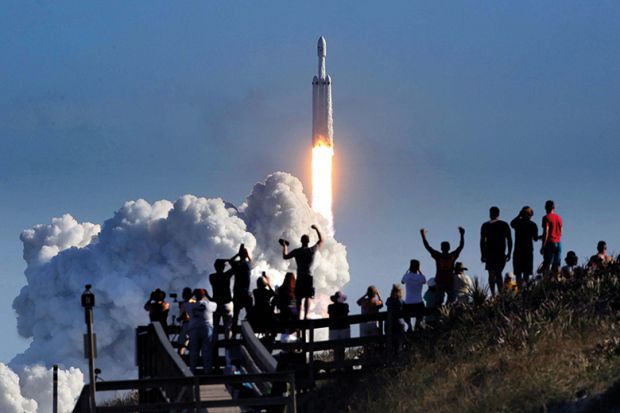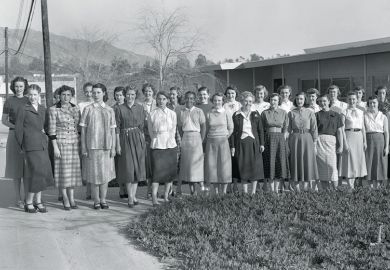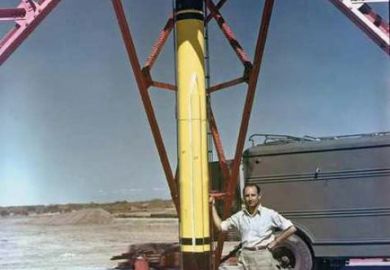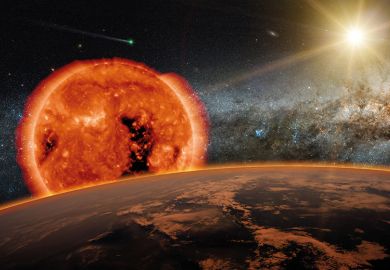This year marks the 50th anniversary of the Apollo 11 moon landing. US commentators no longer talk of the importance of “beating the Soviets”, but as China’s rover explores the dark side of the moon, the Cold War mentality lives on, with anglophone pundits worrying whether China has “beaten” the US.
Space hasn’t unified us all, at least not yet.
For Roger Launius, “the space race has been perceived as a golden age…but as it recedes into the past, it looks more like an anomaly than the norm”. As important as the events are the stories we tell ourselves. There are hundreds of space race books that deal almost exclusively with the US-Soviet rivalry. This is one of them. Still scarce are the histories acknowledging the diversity of global actors who defined the space age. By the conclusion of the Apollo missions in 1972, over a dozen countries had established space programmes and dozens of others had announced plans to do so. Today in Africa, more countries than not have some sort of space-related programme. When we talk about the space race past and present, the US and Soviet milestones were momentous human achievements, but only part of the story.
Yet few are better placed than Launius to tell the Cold War story from the perspective of an aspiring empire. He retired in 2017 from the Smithsonian Institution’s National Air and Space Museum, following a 12-year career as chief historian for Nasa. His curatorial instinct for distinguishing the celebration from the nitty-gritty details runs through the text. This is important because many accounts of the Apollo missions are tinged with nostalgia for a time when the nation was supposedly unified by the purpose of putting a human on the moon. Yet of course this was hardly an era of peace and unity: the constant threat of nuclear annihilation haunted even the most starry-eyed champions of humanity’s foray into space.
Launius marshals the evidence to tell both the interpersonal and the larger geopolitical story. Readers may be surprised to learn that US president John F. Kennedy displayed an “essential unwillingness” to build a strong space programme until international embarrassments compelled him to “reevaluate” the idea. In April 1961, Kennedy launched the Bay of Pigs invasion against Fidel Castro, which failed spectacularly when Cubans did not greet their anti-communist “liberators” with open arms. That same week, Soviet cosmonaut Yuri Gagarin completed the first human spaceflight. While the Bay of Pigs invasion undermined US credibility, Gagarin’s success bolstered the confidence of communist nations.
The day after the Bay of Pigs debacle, therefore, Kennedy asked the head of the National Aeronautics and Space Council: was there “any space program which promises dramatic results in which we could win [against the Soviets]?” He announced the US Moon Mission just two weeks later. Returning to 2019, as the US debates whether to form a space force to counter Russian and China, it seems that little has changed. At least for the folks in charge, military rivalry is first and foremost.
Julie Michelle Klinger is an assistant professor in global studies at Boston University and the author of the award-winning book Rare Earth Frontiers: From Terrestrial Subsoils to Lunar Landscapes (2017).
Reaching for the Moon: A Short History of the Space Race
By Roger D. Launius
Yale University Press
256pp, £20.00
ISBN 9780300230468
Published 9 July 2019
POSTSCRIPT:
Print headline: Steps leading to a giant leap
Register to continue
Why register?
- Registration is free and only takes a moment
- Once registered, you can read 3 articles a month
- Sign up for our newsletter
Subscribe
Or subscribe for unlimited access to:
- Unlimited access to news, views, insights & reviews
- Digital editions
- Digital access to THE’s university and college rankings analysis
Already registered or a current subscriber?








